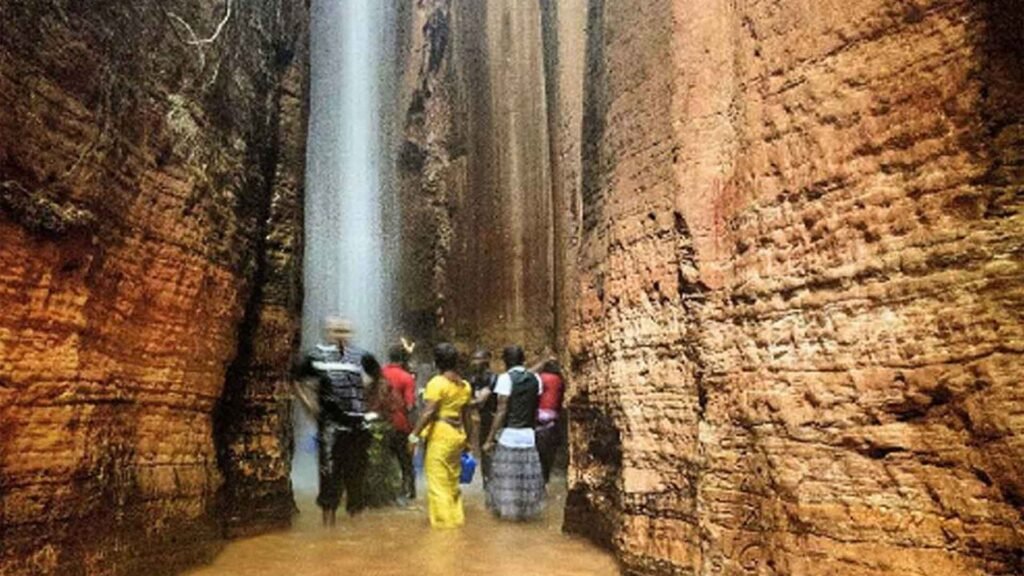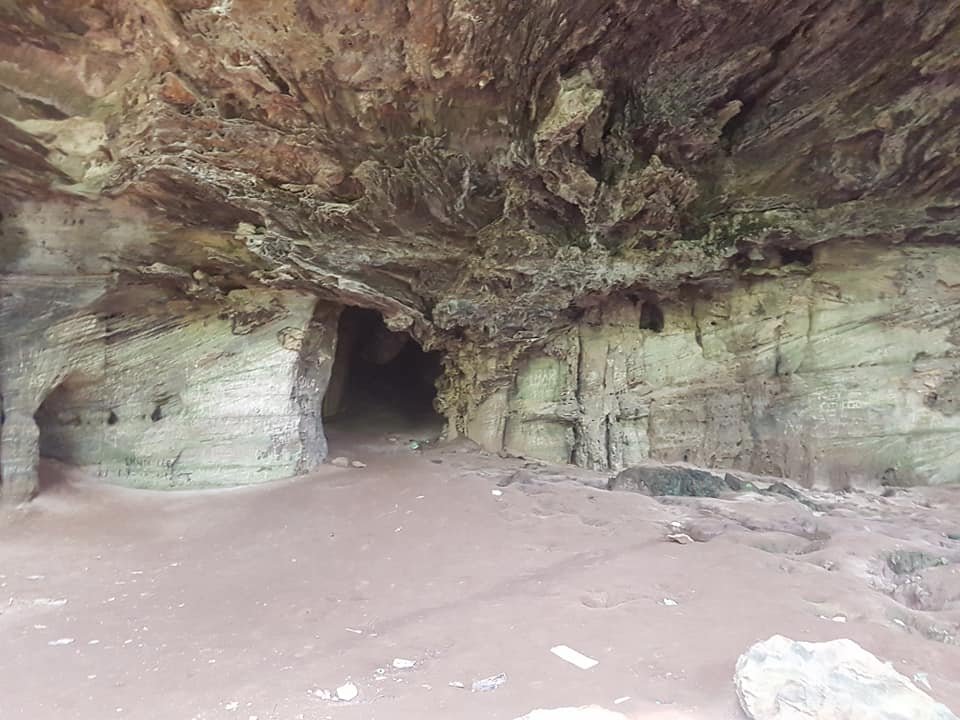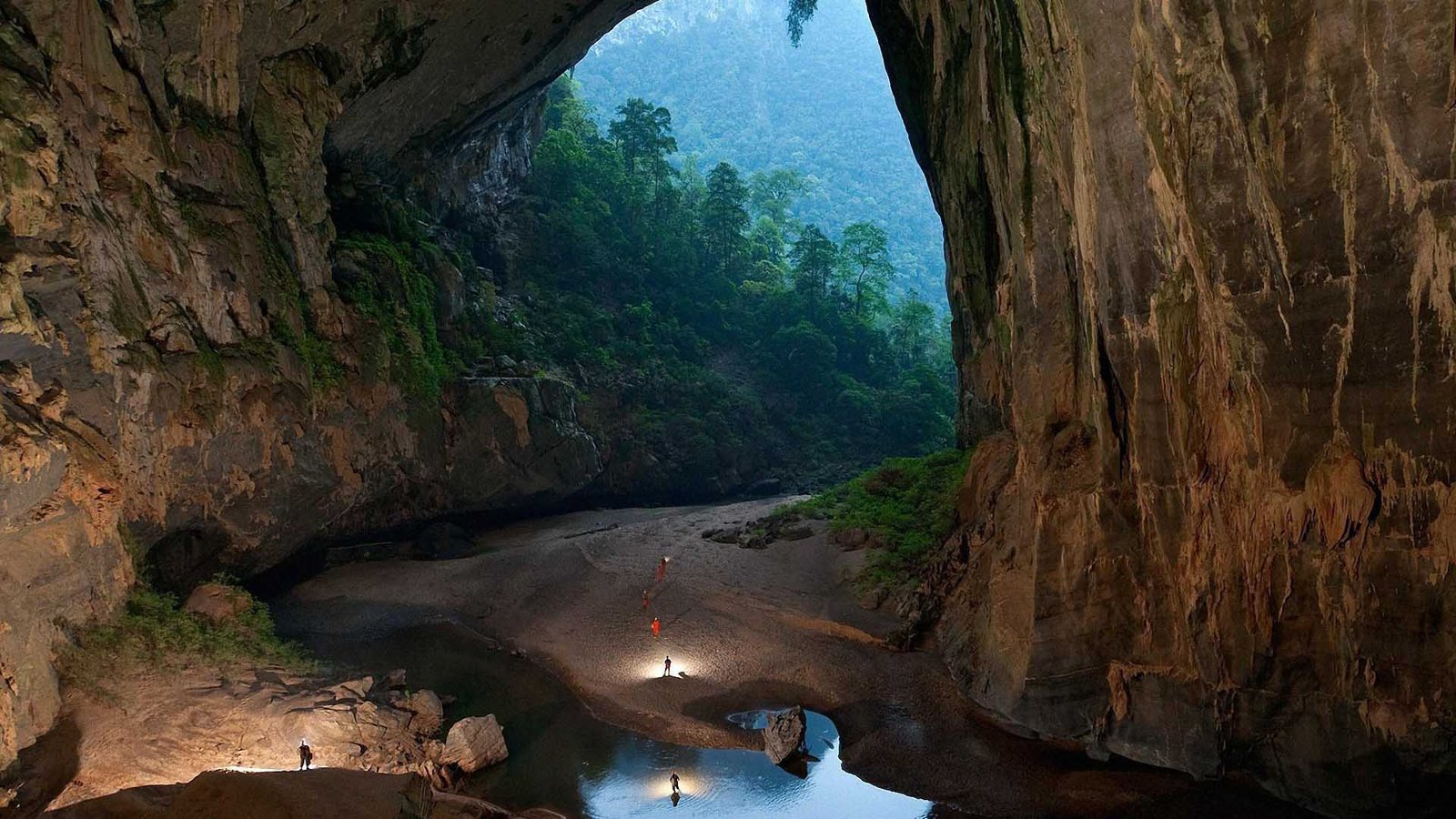Hidden beneath tropical canopy in Anambra State, southeastern Nigeria, Ogbunike Cave is a network of cool, echoing chambers carved by a spring-fed stream. It’s a place where geology, biodiversity, and living tradition meet—part adventure, part pilgrimage, and entirely unforgettable.
Why Ogbunike Cave is special
- Natural drama: A labyrinth of tunnels and chambers, with an underground stream you can wade through, waterfalls trickling from rock fissures, and colonies of bats overhead.
- Living heritage: The cave is sacred to the Ogbunike community and features in local history and annual festivals. Respectful visitation isn’t just welcome—it helps sustain community-led conservation.
- Accessible adventure: Reached by a forest stairway of hundreds of steps, it feels wild yet doable for reasonably fit travelers, families with older kids, and school groups.
Quick facts
- Location: Ogbunike town, near Onitsha, Anambra State, Nigeria
- Best for: Nature lovers, culture seekers, photographers, school groups, low-impact adventurers
- Suggested time on site: 2–4 hours
- Difficulty: Moderate (steep stairway, slippery rocks, wading)
What to expect on the trail
- Forest descent: Your visit starts with a long stairway dropping through secondary rainforest. It’s beautiful—and a good reminder you’ll climb back up later. Pace yourself.
- Threshold & rituals: At the base, local guides often explain norms and the cave’s significance. Visitors generally remove shoes before entering certain sections; policies may vary, so follow your guide’s lead.
- Inside the cave:
- Temperature: Noticeably cooler than the forest.
- Terrain: Uneven rock, shallow pools, and streambeds; expect to get your feet wet.
- Wildlife: Bats (harmless if undisturbed), cave crickets, and occasional small reptiles.
- Sound & light: It can be very dark—bring headlamps—and the sound of water amplifies in narrow tunnels.
- The stream walk: Many routes involve wading along a clear, cold stream that exits the cave and flows through boulders and bamboo.
- The climb out: The return up the stairs is a workout. Budget time and water.

Cultural etiquette & responsible travel
- Go with a local guide. It supports the community, enhances safety, and deepens the story of the site.
- Dress modestly. Shoulders/long shorts or light trousers are a respectful choice in sacred places.
- Ask before photos. Especially of ceremonies, shrines, or people.
- Follow posted rules. The cave is spiritually significant; some areas may be restricted or visitable only under guidance.
- Leave no trace. Pack out everything you bring in; do not disturb wildlife or formations.
Safety tips
- Footing: Wear sturdy water shoes or grippy sandals; the rock is polished and slick.
- Lighting: Bring a headlamp (both hands free) and spare batteries; phone torches are a poor backup.
- Hydration: It’s humid—carry water for the descent/ascent.
- Weather: Heavy rain can swell streams and make surfaces risky. If your guide advises waiting, listen.
- Health: If you’re sensitive to enclosed spaces or have mobility issues, discuss routes with the guide beforehand.
What to pack
- Lightweight daypack
- Water shoes / sandals with tread (plus dry socks for later)
- Quick-dry clothing; a light layer for the cool cave
- Headlamp + spare batteries
- Small microfiber towel
- Refillable water bottle & snacks
- Waterproof pouch for phone/camera
- Basic first aid (plasters, antiseptic wipes)
Best time to visit
- Dry season (approx. Nov–Mar): Clearer paths and gentler stream flow—ideal for first-timers and photographers.
- Green season (approx. Apr–Oct): Lusher forest and stronger cascades, but expect muddier trails and more slippery rock.
Getting there
- Nearest hub: Onitsha (about 30–60 minutes by road in light traffic).
- From Awka/Enugu: Plan 1.5–3 hours depending on route and conditions.
- Navigation: Ask for “Ogbunike Cave” in Ogbunike town; local signposts and community members will point you to the stairway entrance and guide area.
Tip: Arrange transport to wait; mobile reception can be patchy in the forested valley.
Costs & guiding
- Entry & guide fees are typically collected by community representatives at the gate. Rates can change; bring small cash in local currency.
- Why a guide matters: You’ll learn the cave’s stories, choose routes that match your comfort level, and move more safely.

Photography tips
- Low light: Use a tripod alternative (press camera to rock/wall) and longer exposures if your camera allows.
- Condensation: Let lenses acclimate before shooting to avoid fogging.
- Respect first: Avoid flash around wildlife and in sacred zones unless your guide says it’s okay.
Sample half-day itinerary
- 08:30 Arrive at Ogbunike, meet guide, safety brief
- 08:45 Forest descent to the cave entrance
- 09:15 Enter cave, explore main chambers and stream route
- 10:45 Emerge, rinse feet in the stream, short rest
- 11:15 Climb back up and debrief at the top
- 12:00 Head out for lunch in town or onward travel
Frequently asked questions
Is it suitable for kids?
Children who are confident walkers and comfortable with the dark usually enjoy it—keep them close, equip them with headlamps, and choose gentler routes.
Can I swim?
Most visitors wade rather than swim. Depths vary seasonally; follow guide instructions and avoid diving.
Are there restrooms or changing areas?
Basic facilities may be available near the entrance, not inside the cave. Pack modesty and plan to change footwear at the exit.
What about festivals or ceremonies?
The cave features in local religious/cultural life. If you encounter a ceremony, observe quietly unless invited to participate.
Responsible impact
Your visit supports local livelihoods and conservation. To keep Ogbunike thriving:
- Choose local guides and buy snacks or crafts locally.
- Don’t take “souvenirs” (rocks, plants, artifacts).
- Share accurate information with fellow travelers so expectations match reality.
Final thoughts
Ogbunike Cave isn’t a theme-park attraction—it’s a living landscape with spirit and texture. Go prepared, go respectfully, and you’ll come away with one of Nigeria’s most memorable nature-culture experiences.
